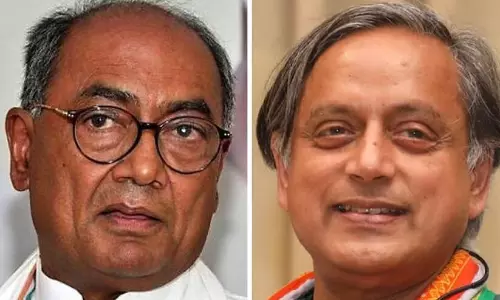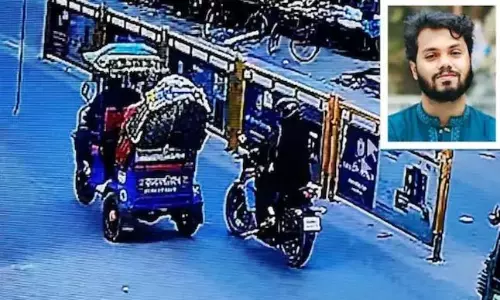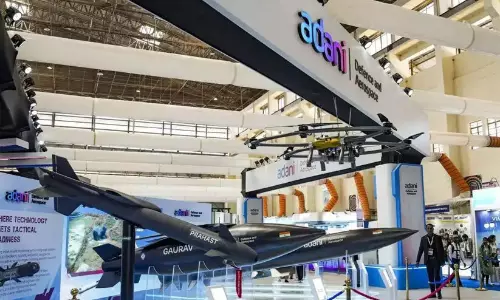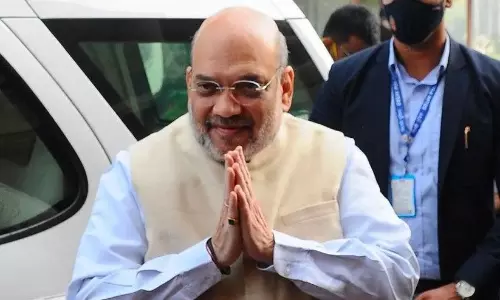
Chhatrapati Shivaji's 'tiger claw' weapon to return to India after 350 years
text_fieldsChhatrapati Shivaji Maharaj's historic 'wagh nakh' or 'tiger claw' weapon, famously used to defeat Bijapur sultanate's general Afzal Khan in 1659, is set to return to Maharashtra from London in November.
This year marks the 350th anniversary of Chhatrapati Shivaji's coronation, and the tiger claw weapon will be brought back from London's Victoria and Albert Museum for a three-year exhibition to commemorate this occasion.
Maharashtra's Culture Minister, Sudhir Mungantiwar, will arrive in London to sign an agreement with the museum for the return of the weapon. The 'wagh nakh' is expected to be displayed at the Chhatrapati Shivaji Maharaj Museum in south Mumbai.
The Battle of Pratapgad in 1659, where the Marathas, led by Chhatrapati Shivaji, defeated the Adilshahi forces commanded by Afzal Khan, was a significant turning point in establishing the Maratha Empire. Despite being outnumbered, the Marathas emerged victorious, enhancing Chhatrapati Shivaji's reputation as a brilliant military strategist.
Chhatrapati Shivaji famously killed Afzal Khan at the foot of Pratapgarh fort in present-day Satara district, Maharashtra. This event has become legendary, symbolising Shivaji's bravery and clever tactics in overcoming a much larger and more powerful adversary.
Sudhir Mungantiwar emphasised the importance of the 'wagh nakh' in Maratha history, stating, "The 'wagh nakh' is a source of inspiration and energy for us. This year also marks the 350th anniversary of Shivaji Maharaj's coronation."
The British received the weapon from the descendants of the British political agent in Satara after the collapse of the Peshwa rule in 1818. It was reportedly kept in the sanctum sanctorum of a temple housed within Satara ruler's residence, reflecting its sacred nature. The East India Company took it to England in the 1820s.
According to Indrajeet Sawant, a history researcher in Maharashtra's Kolhapur, it was "gifted" by Pratapsinh Maharaj, the fifth and last Chhatrapati, to British political agent James Grant Duff, reported Times of India.
However, the authenticity of the 'wagh nakh' has been a subject of debate in Maharashtra. Some experts, including history expert Inderjit Sawant and Shiv Sena (UBT) leader Aaditya Thackeray, have questioned its authenticity. The Victoria and Albert Museum's website reportedly states that Chhatrapati Shivaji did not use this weapon.
The return of the 'wagh nakh' on loan from the Victoria and Albert Museum in London to India is part of a broader trend. British museums, both national and regional, are reconsidering their approach to cultural artefacts acquired under dubious circumstances or through outright plunder. In recent years, these museums have been promoting the idea of "common humanity" and "shared history" as a reason to loan such items to their countries of origin or form long-term partnerships with foreign museums. However, sending these objects home permanently is not being considered.























